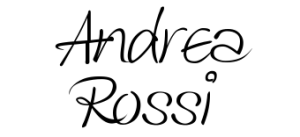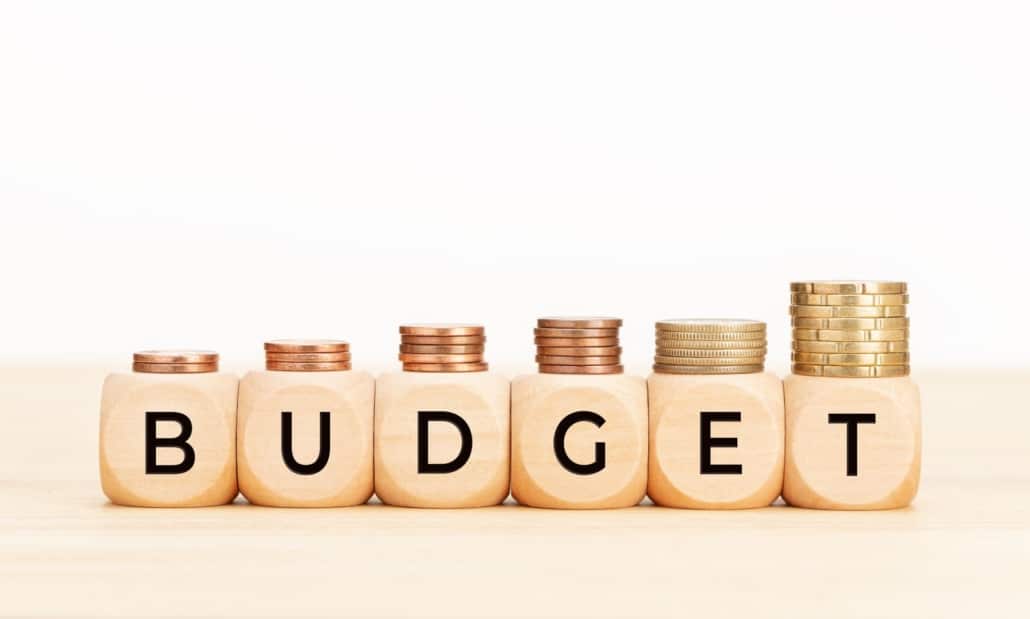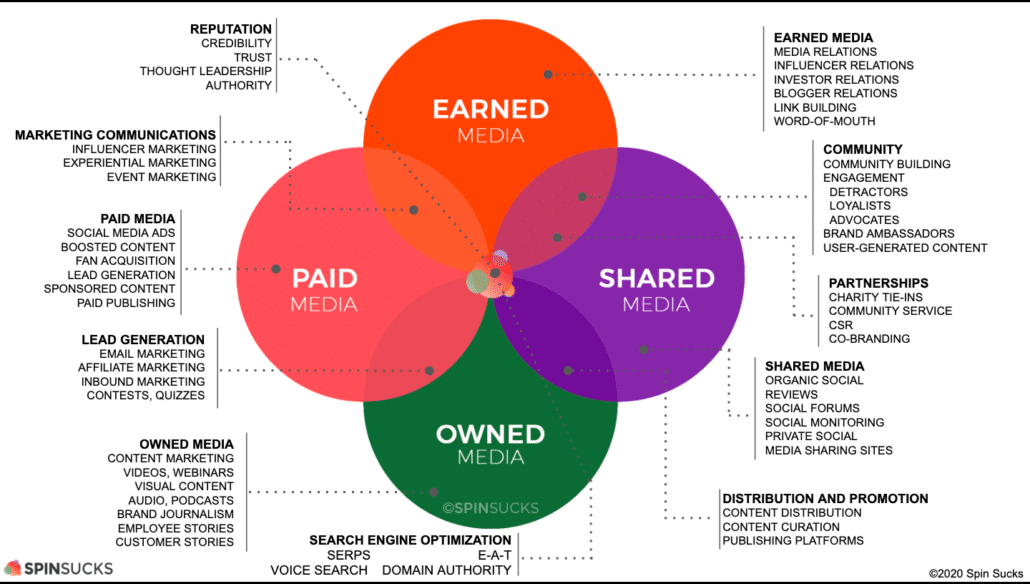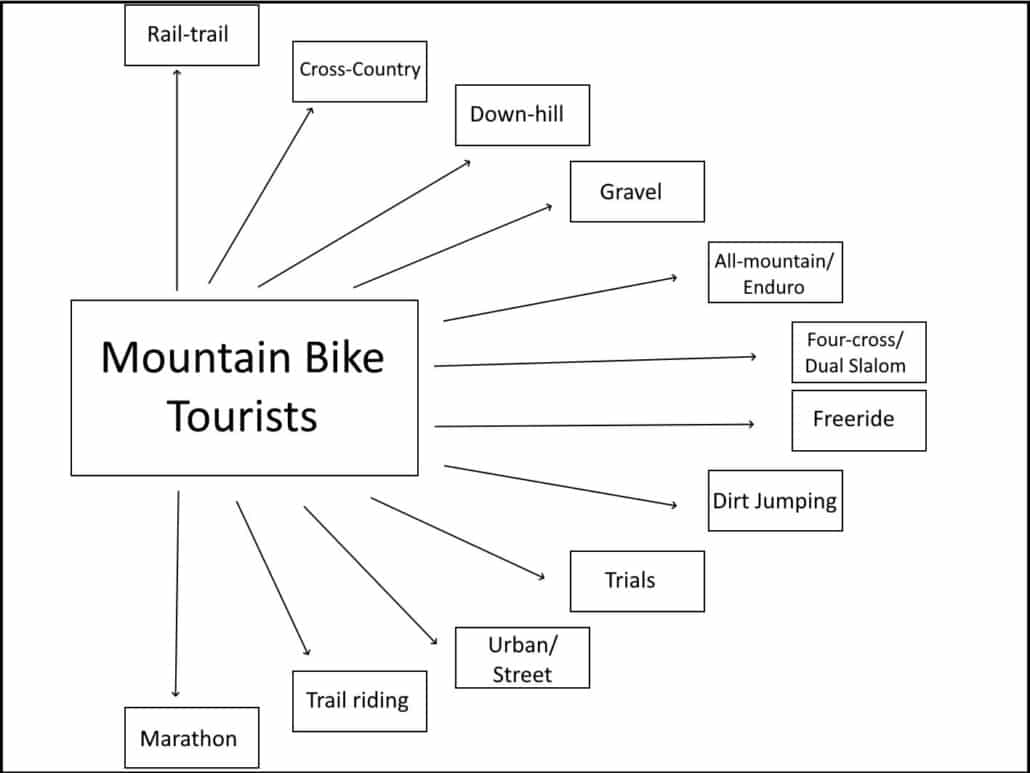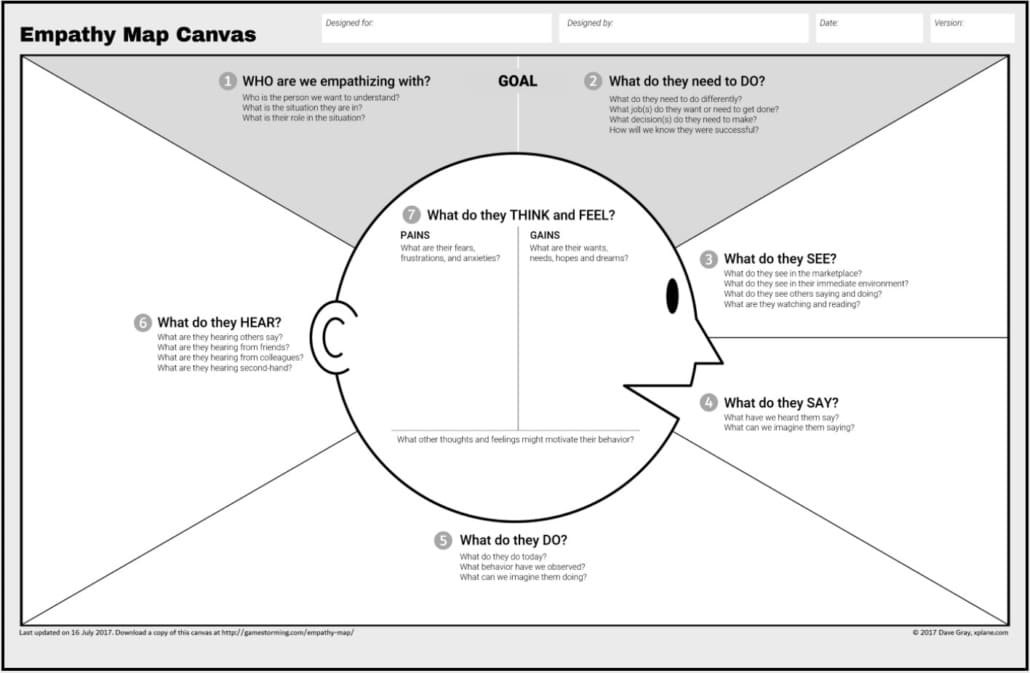The Digital Communication Plan for Tourism – Part XI: Actions for maximizing impact and effectiveness

Idea, Plan, Action by Tatiana_Mara
The digital communication plan is a strategic document that requires careful planning and precise management to achieve positive results. Not only does it define the actions to be taken over time, but it also fulfills a crucial role in honoring the commitment to the destination’s stakeholders by adhering to a specific course of action..
However, it is important to note that the editorial plan must be executed punctually unless unexpected events occur that, depending on their severity, may require partial or total revision of the plan. For example, the recent Covid-19 pandemic has forced many to rethink and adapt previously defined plans.
Regardless of the circumstances, the fundamental principles of good project management applied to digital communication include a precise understanding of timing, costs, and expected quality, as well as the flexibility to make changes during the implementation of the plan. It is also essential to periodically evaluate the results achieved in order to make necessary adjustments and improvements.
Following the planning flow described in this series of posts provides a solid foundation for optimally managing digital communication activities. However, it is important to emphasize that the success of the plan will also depend on adaptability and responsiveness to the changing dynamics of the digital context. Maintaining constant attention to trends, new opportunities, and stakeholder needs is essential to maximize the overall impact and effectiveness of the digital communication plan.
Click here for Part I ; Click here for Part II ; Click here for part III; Click here for Part IV
Click here for Part V ; Click here for Part VI ; Click here for Part VII ; Click here for Part VIII
Click here for Part IX ; Click here for Part X
Sources:
#digitalcommunication; #timing; #costs; #expectedquality; #flexibility; #changes; #implementation; #results; #planningflow; #adaptability; #responsiveness; #digitalcontext; #attention; #trends; #newopportunities; #stakeholderneeds; #impact; #effectiveness
